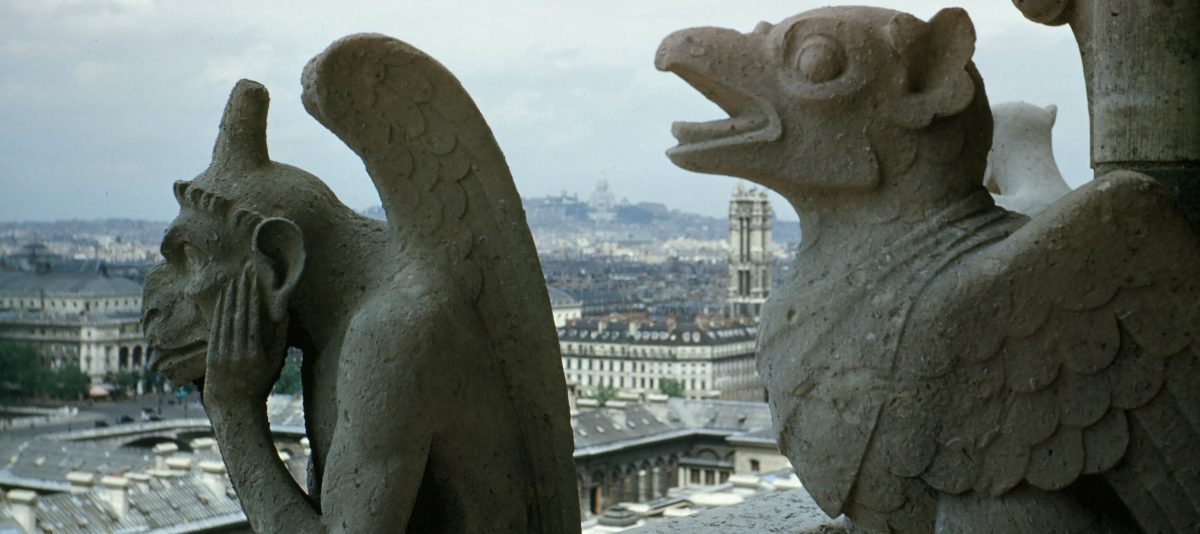Saint: 1. a person of exceptional holiness of life, virtue, or benevolence. 2. a person recognized as such by family, community, or Church.
Sinner: 1. a person who transgresses the law of God. 2. a person who willfully or deliberately violates some religious or moral principle. 3. a person who is guilty of any reprehensible or regrettable action, behavior, lapse, etc.
Neither word means that a person is 100% good or 100% bad; however both words imply that the person is exceptionally, outstandingly, unusually good or bad.
Unfortunately we usually use a word that means one extreme or another as though they were absolutes. (For example, saying that a person is tall or short, skinny or fat, dark or light, pretty or ugly, dumb or smart, old or young, poor or rich, truthful or false, straight or gay—the list in endless.)
Word pairs like these actually name a scale’s two extremes, and we’re all in some position on the scale except at either end.
So, in a sense, we all have a bit of both. “Saints” can occasionally be guilty of reprehensible or regrettable actions and “sinners” can occasionally do exceptionally holy, virtuous, or benevolent things.
The words, if used fairly, point to a sort of majority-of-the-time behavior—and this can fluctuate and change. We may start out or initially be treated as saints and end up being considered as sinners—and vice-versa!
– Remember Joseph’s initial hesitation to marry Mary.
– Remember what Jesus said to the “good” thief who was crucified at his side.
– Remember Jesus himself being adjudged and punished as a notorious criminal.
Also, our understanding of what it means to be a saint or sinner often changes and varies from place to place and time to time.
For example, in the early centuries of Christianity, when many persons were sentenced to a painful death for not worshiping the official gods, martyrdom, a death like Jesus’, was esteemed.
As time passed, martyrdom declined but extolling the heroism and death of Jesus and the martyrs led to esteeming a lifestyle of extreme denial and living sacrifice.
Some popular early hermits, by contemporary standards seemed to be “wild men”, almost crazy, living in desert caves, barely clothed nor adequately fed.
As this lifestyle also declined and there no longer were hermits living in desert caves, it influenced the development of early monasticism where denial and sacrifice were still important ideals and practices.
These ideals lived on in the later, action-oriented religious orders with their many services to others. Practicing poverty, chastity, and obedience were still considered a necessary part of holiness.
This also continued to some degree in the development of “secular” (i.e. not bound by religious community vows) clergy, especially with the requirement of clerical celibacy.
In our contemporary world, that too, is being critically examined and its failures denounced.
We’re all a mixture of saint and sinner. Our challenge is to try to move more towards the “saint” extreme of the scale than the other.
We try to be more like Jesus as best we understand him and live a holy life as best we understand that.
We’re not dreaming an impossible dream, aspiring to a holiness of life—but sometimes we need to realize that we’re not going about it the best way we could, and should!
3 July 2022
